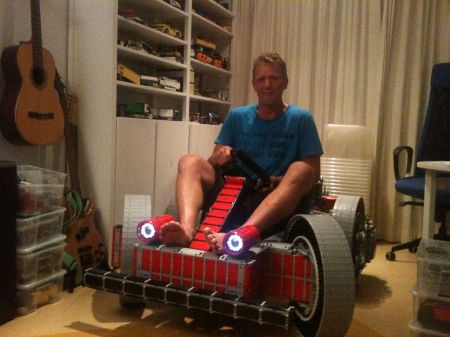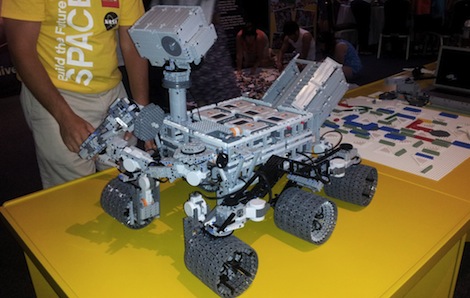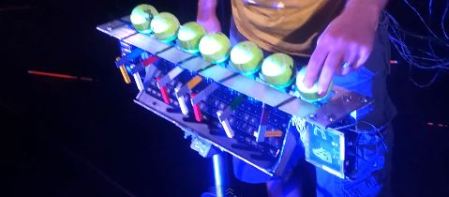[Eric Steenstra], from the Netherlands, decided to build a GoKart entirely from LEGO Mindstorm parts. Tested at being able to carry just over 100Kg in weight, a 16 stone man(224 lbs). This GoKart can easily carry a child and propel him along. Eric used 48 stock Mindstorm motors, geared down, and 16 battery packs to provide a balance between torque and speed.
This vehicle doesn’t expect to win any races in the speed department. From the point of view of being something different this wins hands down. The Karts first test drive was only two weeks ago so drivability and durability are still under development at this stage. See the video after the break on this monstrous Mindstorms creation.
via[Make]
Continue reading “Le-GoKART; A GoKart Built Entirely From Lego”


















